You plant a garden to grow plants, not kill them. And yet many hopeful first-time gardeners go about the endeavor — planting, fertilizing, watering, tilling and the rest — only to end up with dead or dying plants and a lot of disappointment. If you can relate to this scenario, you may be tempted to give up.
Instead, look at gardening mistakes as opportunities to learn how to do it right. Here are five planting blunders that offer great lessons in how to grow a garden correctly. Ready to try again? This time, save yourself some aggravation by not making the following five errors.
1. Planting Without Planning
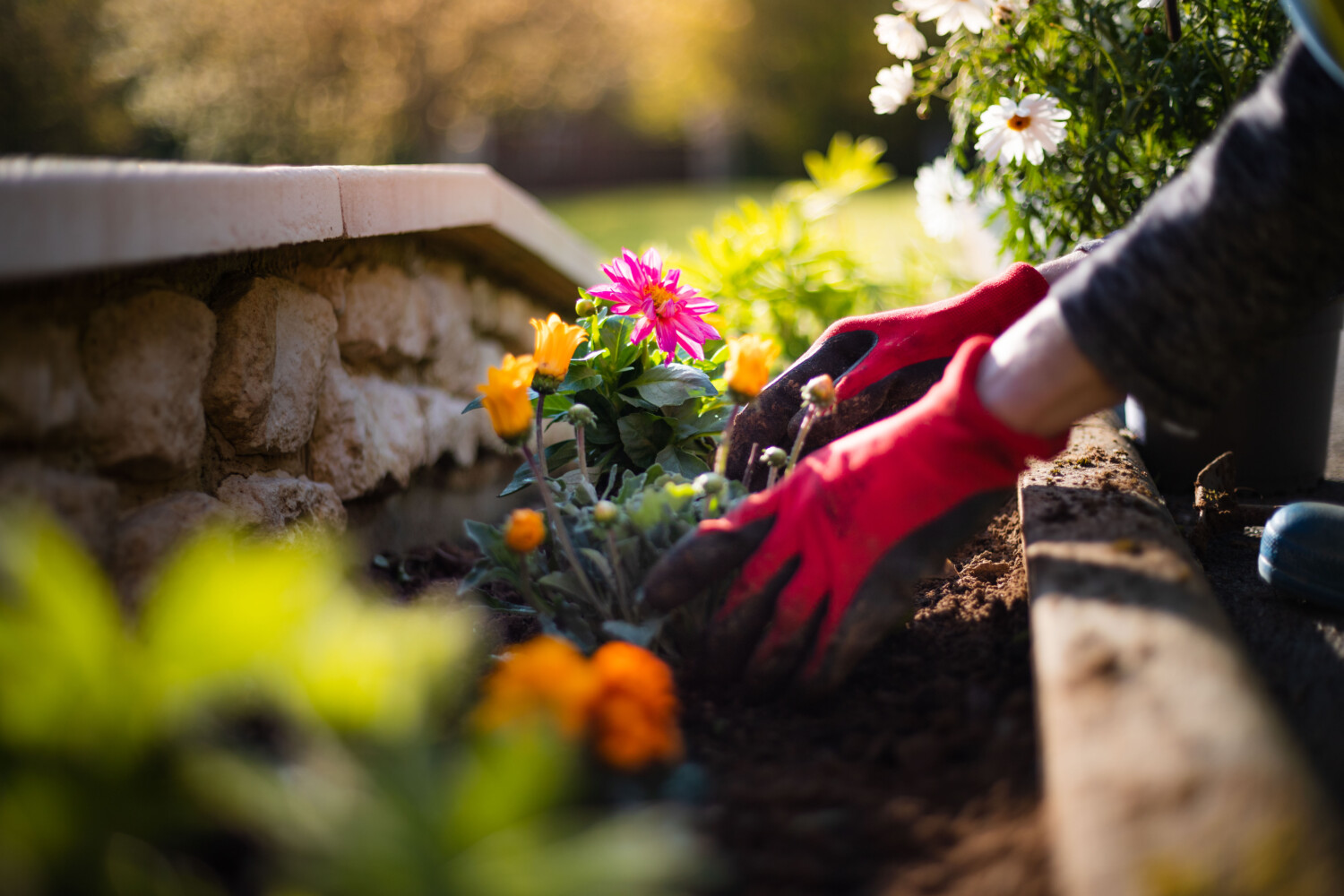
There are so many elements involved in growing a garden. In that exciting moment when you’re just starting out you have countless varieties of plants, flowers and vegetables to choose from. However, different plants require different amounts of sunlight and water, and some are better at withstanding wind than others. This is why before you make your planting decisions you should take a look around your planting area and make a garden plan.
Take note of how the sun falls on your yard throughout the day, how level the ground is, what kind of soil you’re dealing with, and how exposed your plants will be to wind and soil erosion. Will they be growing under or near a tree whose roots will be competing with them for nutrients?
Collect all this information and use it to determine the best plants for your yard — and the best places to plant them. Then head to the local nursery and strategically choose the plants that are going to grow best in your specific situation.
2. Treating Your Soil Like Dirt
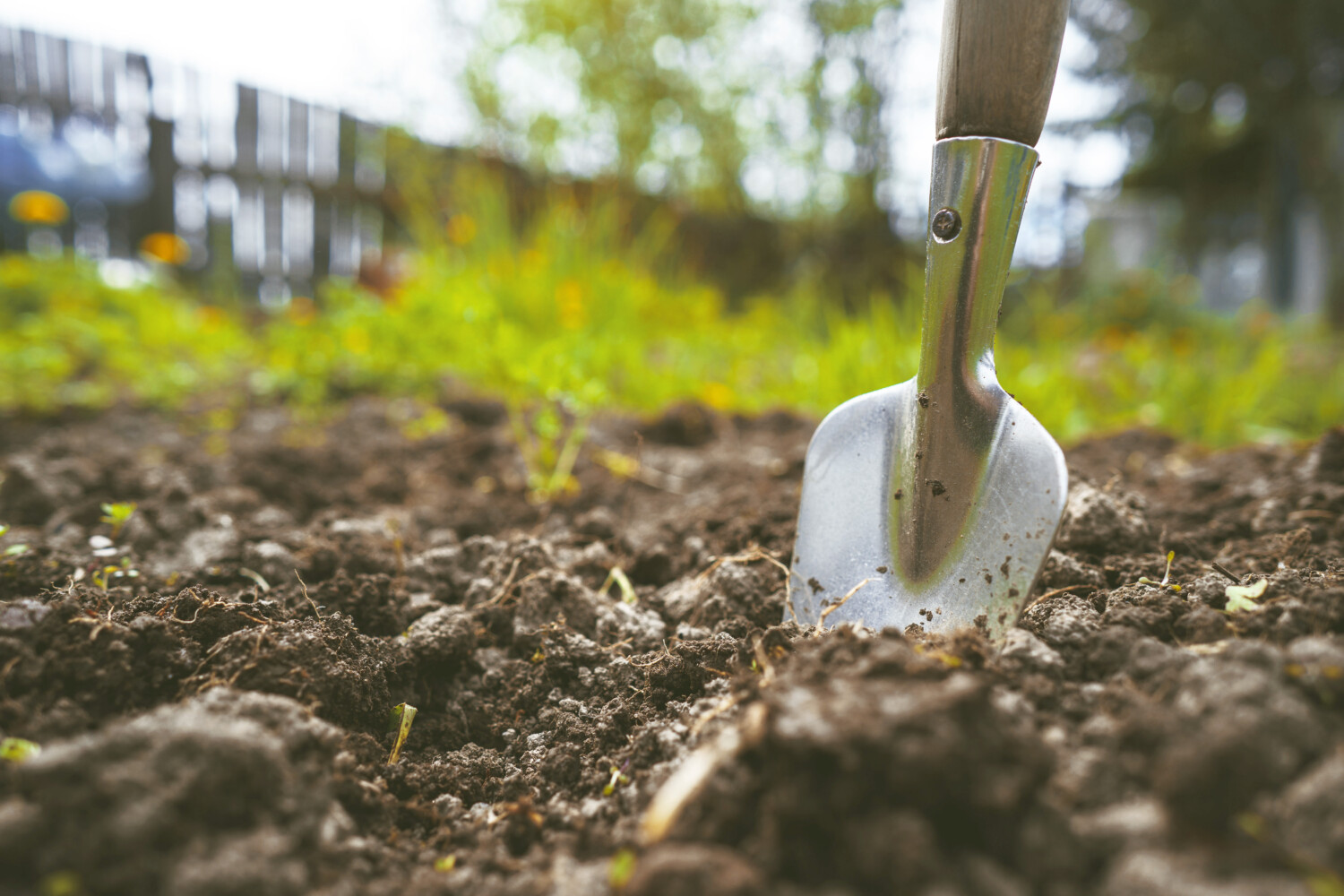
Not all soil is created equal. Your yard might have sandy soil, clay soil, silty soil, loamy soil or chalky soil. Bob Vila advises gardeners to know their soil type before they get started — and then nurture it accordingly. Here’s a quick rundown of how to tend to each kind.
Clay Soil
Clay soil locks in nutrients and moisture, so it’s great soil for growing moisture-loving perennials. To make it more amenable to strong plant growth, cover it with a thick layer of mulch throughout the fall and winter. Add organic matter and till the soil in the spring.
Sandy Soil
Sandy soil isn’t great at retaining moisture, so it’s best for drought-tolerant plants. Every spring and fall, gardeners with this soil ought to add organic matter to the soil, because it sucks up water that plants need.
Silty Soil
Silty soil is fertile, fine and soft, so it’s good soil for plants that need a lot of water, like flowers and lush vines. Because silty soil tends to compact, reducing drainage, it can actually provide too much water. To alleviate this problem, add some compost during the growing season and some mulch in the late fall.
Loamy Soil
Loamy soil is great for beginner gardeners because all kinds of plants grow in it. It’s nutrient-rich and has a good balance of clay, sand and silt. To keep loamy soil healthy, spread dry leaves or mulch over it in the fall and winter. Then till it before planting in the spring.
Chalky Soil
Chalky soil is a high-alkaline soil, so it’s best for flowering shrubs, bulbs and tubers. When it’s hot, this soil dries out quickly. You have to water it frequently and add organic matter like peat or composted manure.
3. Spacing Out On Proper Plant Spacing
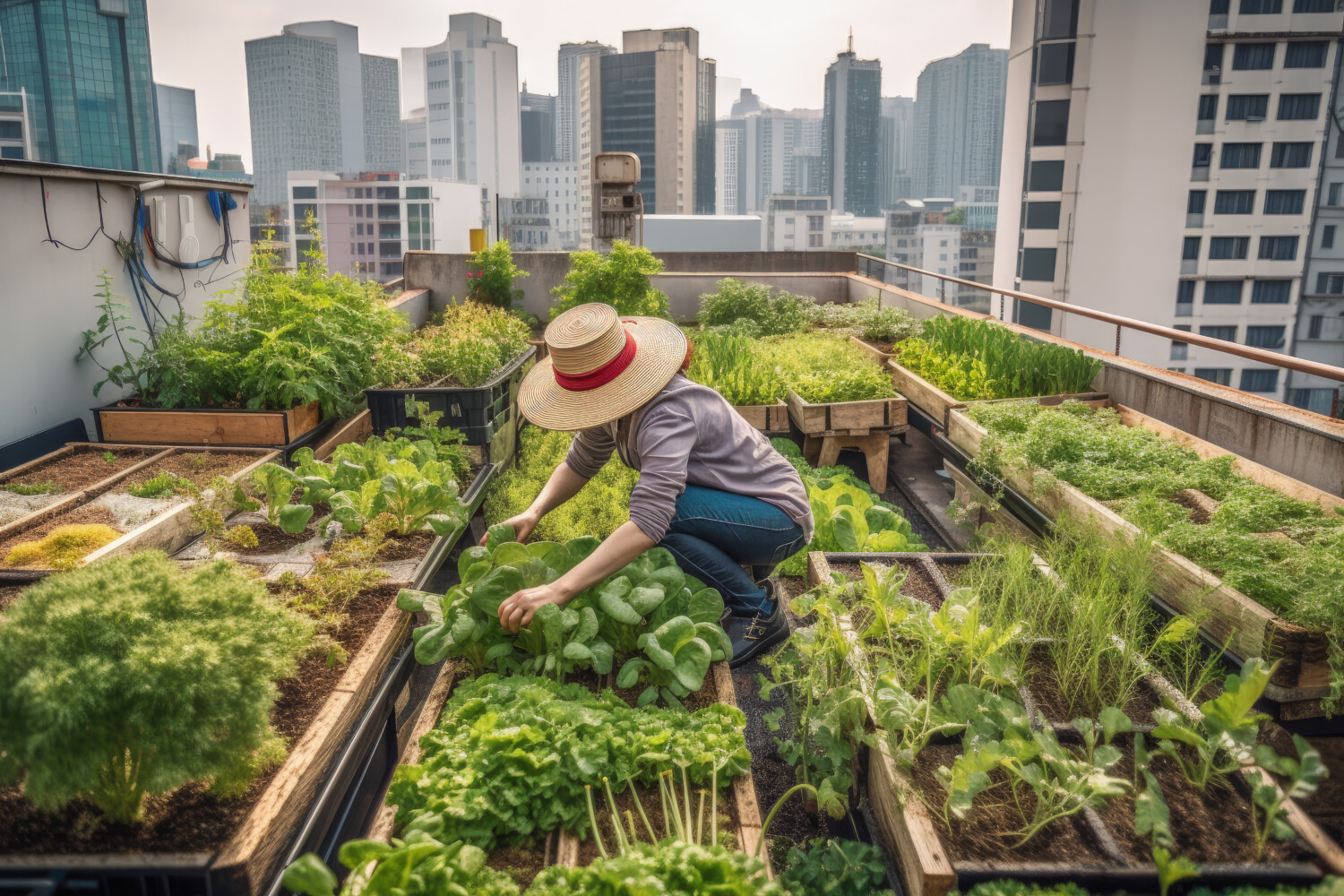
Some plants grow in nice, obedient lines, or they simply rise up vertically. Other plants start out small but grow exponentially, spreading out like they own the place. Know which kind you’re dealing with before you place their seeds in the ground!
Fail to do this, and you might overcrowd your plantings. The result is plants that are fighting for nutrients and more susceptible to pests and diseases than plants that were properly spaced. The recommended seed spacing instructions will be on the side of the seed package, but you can also consult Grow It Organically’s full rundown on proper garden spacing for vegetables.
If you already know you don’t have a lot of space, choose to plant vegetables that don’t spread out much or plants for tight spaces.
4. Letting Vegetables Die on the Vine
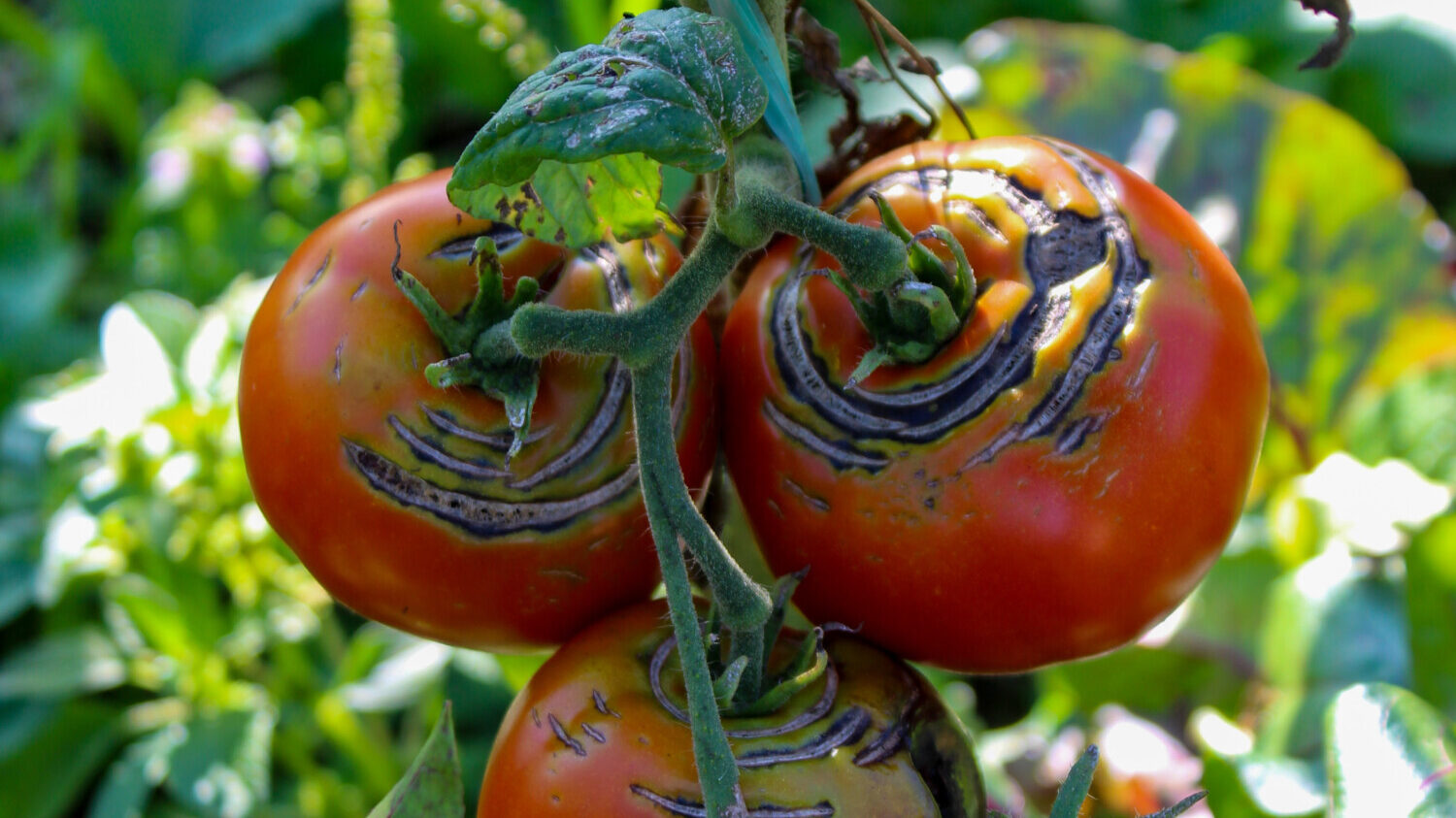
A common error among beginners is to wait too long and miss the harvest window for veggies and fruit, resulting in a crop that’s past its prime. Instead, learn what ripeness looks like in various vegetables, so you get to eat them when they are sweetest or most tender.
You can also record the expected harvest dates on a calendar. Some plants, like basil, cilantro, beans and cucumbers, continue to grow after you pick them.
You can actually slow down a plant’s growth and yield by not harvesting at the proper time. Also, vegetables like squash and green beans can be tough or bitter if you wait too long to pick them.
5. Getting The Watering Wrong
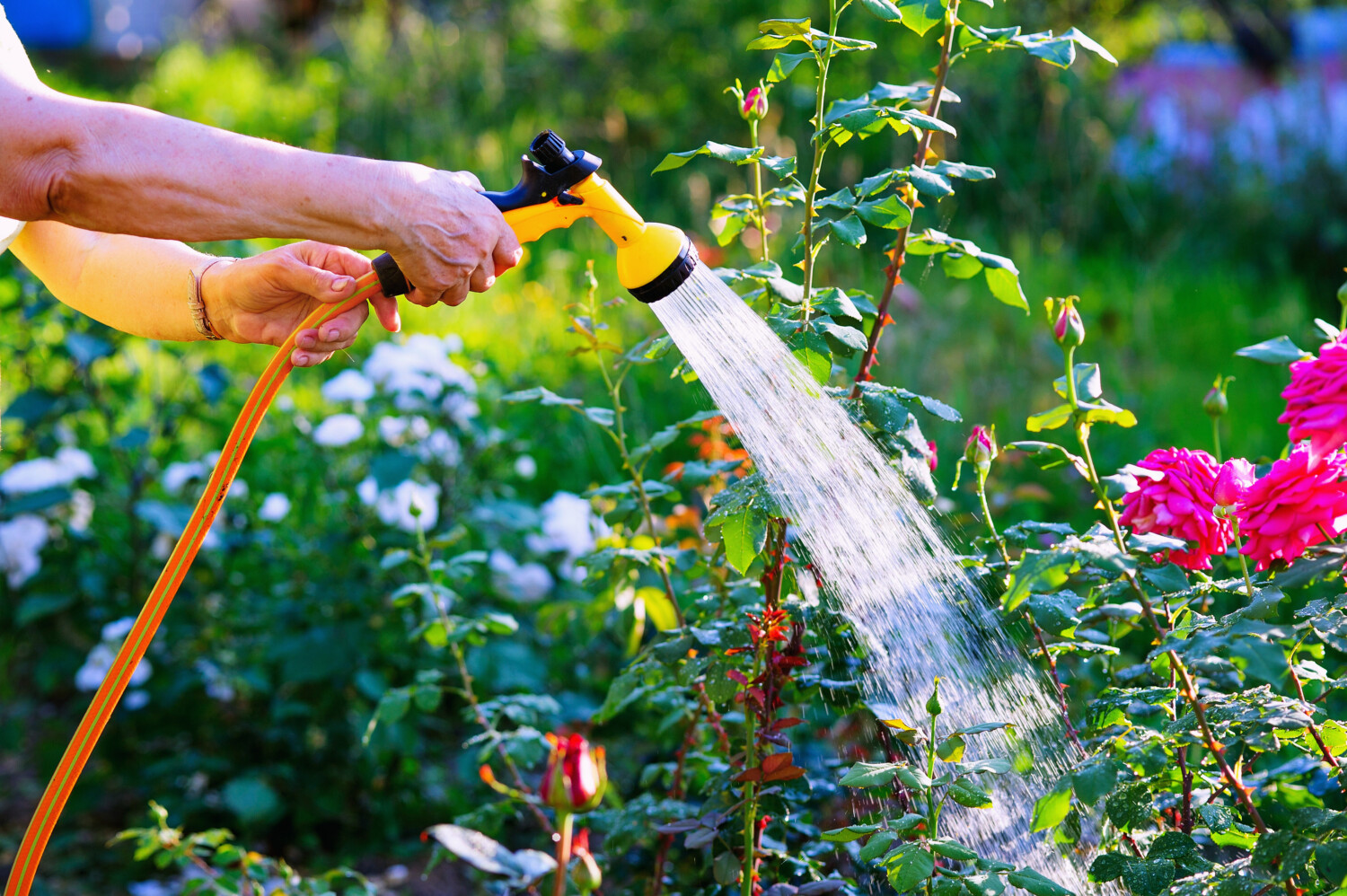
How hard can watering plants be? Actually, getting the amount of water right takes some nuance and experience — especially when you’re growing flowers.
Make sure to read the instructions on your seed packet, which will offer guidance about how much water your plant needs. If you’ve bought starter plants at a local nursery, research the moisture needs of each flower you intend to plant, then plant the ones with similar needs together.
Place flowers that need lots of watering in an area where it’s easiest to make that happen, like near the downspout on the side of your house. More drought-tolerant plants can take up residence further from the house, where they won’t mind if you forget to water them regularly.
This story originally appeared on Simplemost. Check out Simplemost for additional stories.


